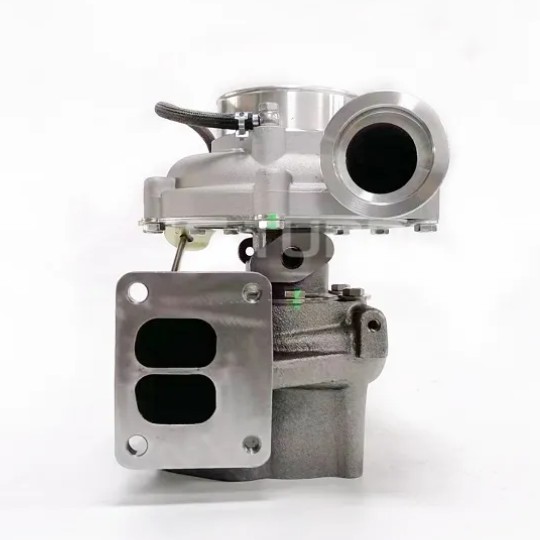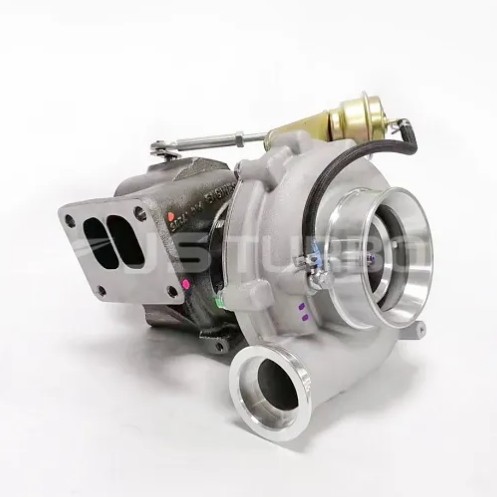
What is the difference between a turbocharger and a turbocharger
2023-04-10 13:54Both devices, turbochargers and superchargers, act as "displacement replacements," helping to inject the same amount of air into a smaller engine as the larger engine naturally sucks in so that when the driver's foot is on the They can generate the same power when on the floor.
1. What is the difference between a turbocharger and a supercharger?
A "supercharger" is the general term for an air compressor used to increase the pressure or density of the air entering the engine, providing more oxygen to burn fuel. The earliest superchargers were all driven by power provided by the crankshaft, usually by gears, belts or chains. A turbocharger is simply a supercharger driven by a turbine in the exhaust stream. The first of these, dating back to 1915, was called a turbocharger and was used in radial aircraft engines to boost their power in thin air at higher altitudes.
2. Which is better, turbocharger or supercharger?
Each can be used to increase power, fuel economy, or both, and each has advantages and disadvantages. Turbochargers use some of the "free" energy that would otherwise be lost entirely in the exhaust. Driving the turbo does increase exhaust back pressure which puts some load on the engine, but the net loss tends to be smaller compared to the direct mechanical load involved in driving the supercharger (the largest blower powering a top fuel trailer) consumes 900 crankshaft horsepower in an engine rated at 7,500 gross horsepower).
A supercharger provides boost almost instantly, while a turbocharger usually has some response lag in developing the exhaust pressure needed to spin the turbo. Apparently a top fuel car trying to do a quarter under four seconds has no time to waste waiting for exhaust pressure to build so they all use superchargers and the vehicle responsible for improving the company average fuel economy can't afford it Waste precious horsepower on blowers, so they mostly use turbos. But with the rise of mild hybrids and 48-volt electrical systems, you can expect more use of superchargers powered by free recuperated electricity stored during deceleration and braking.


